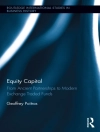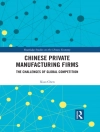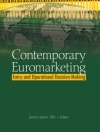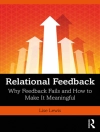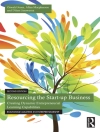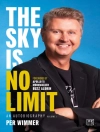Among the most revolutionary and productive areas of economic research over the last two decades, modern business cycle theory is finally made accessible to students and professionals in this rigorous, unified, introductory volume. This theory starts with the view that growth and fluctuations are not distinct phenomena to be studied separately–and that business cycles result from shocks (such as the availability of new technologies), which regularly affect most economies. The unifying theme of this book is the use of the neoclassical growth framework to study the economic fluctuations associated with the business cycle. Presenting recent advances in dynamic economic theory and computational methods–with emphasis on the construction of equilibrium paths for simple artificial economies–leading experts orient readers in the quantitative study of aggregate fluctuations and apply its concepts to key issues in macroeconomics and business cycle theory.
This volume covers such issues as the aggregate labor market, the role of the household sector, the role of money, the behavior of asset markets, non-Walrasian economies, monopolistically competitive economies, international business cycles, and the design of economic policies. The contributors are David Backus, V. V. Chari, Lawrence Christiano, Thomas F. Cooley, Jean-Pierre Danthine, John Donaldson, Jeremy Greenwood, Gary D. Hansen, Patrick Kehoe, Finn Kydland, Edward C. Prescott, Richard Rogerson, Julio Rotemberg, Geert Rouwenhorst, José-Víctor Ríos-Rull, Michael Woodford, and Randall Wright.
عن المؤلف
Thomas F. Cooley is Fred H. Gowen Professor of Economics at the Simon School of Business and Professor of Economics at the University of Rochester.



